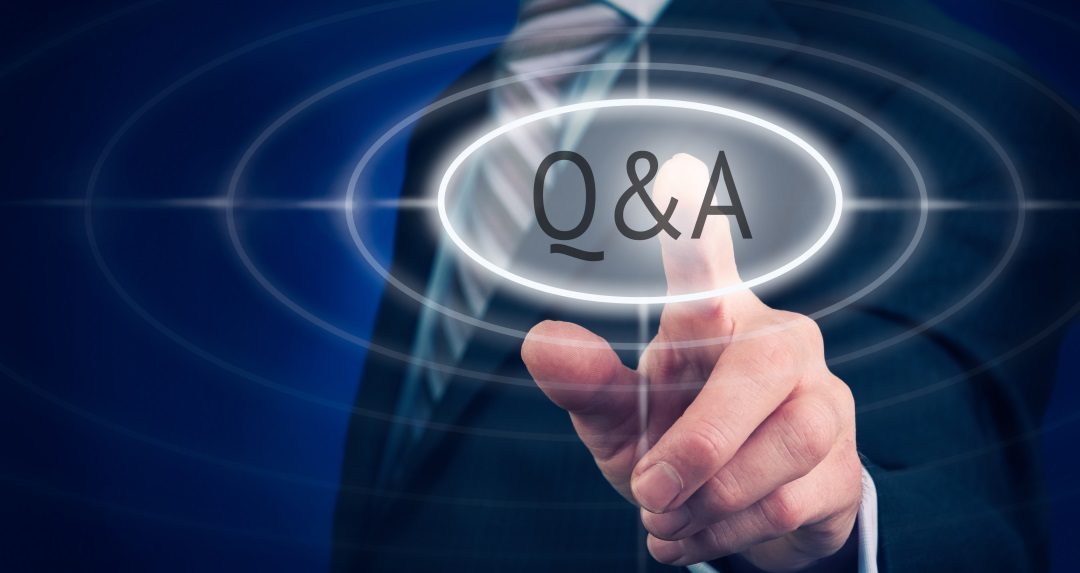BLOG
Interactive Tech for Events
Keynote speeches come in various formats, but one fact is universal: the best keynote speakers engage with the audience, and don’t spend half of their speech looking at their phones. With Q&As, there’s a fine line to tread between involving everyone, while also avoiding a situation where the questions themselves take up too much of the allocated time.
You can remotely control a presentation from your phone using something like Prezi, and theoretically, you could use that — in a clumsy way — to guide a Q&A. But there’s a crucial problem; the time a speaker or moderator spends looking down at a device is time that they are disengaged and distracted, ignoring the questions, or not fully tuned in to the conversation. Nobody wants to spend a Q&A watching the top of someone’s head.
Touchscreens offer an interactive experience for the audience at a Q&A, and they’re becoming invaluable for memorable keynotes when you have one chance to get your question and answer segment right. Using touchscreens for Q&As brings the audience into the keynote, and makes for a memorable, educational, and valuable keynote speech.
With touchscreen usage on the rise, the time is right for focus to switch towards pleasing the user and offering them a memorable and enjoyable keynote presentation — not one that will have them racing for the exit before the Q&A is over.
Touchscreens Ease Traditional Issues with Q&As
Keynote Q&As aren’t universally popular in their traditional format, where one person stands at the mic. There are two main problems. One is that questions are not typically pre-moderated, which can lead to wasted time and difficulty creating a consistent narrative from one question to the next. The second is that keynotes don’t work for people who aren’t comfortable getting up and speaking in front of a crowd.
Touchscreen Q&As solve these issues by increasing interactivity while reducing friction. The main touchscreen can be controlled by the speaker, or a moderator if you have one running your event. They can pre-vet questions submitted offline, or via touchscreen kiosks at the event. You can also give out small touchscreens, or dot them around the room, so that follow-up questions can be submitted in real time. Those who don’t want to ask a question can be invited to recommend questions that they like, or feed back on answers provided.
The main caveat is that the presenter and moderator should be familiar with the touchscreen, which is easily achieved via a brief how-to beforehand. It’s also a good idea to line up a few questions beforehand so that you can hit the ground running, and also avoids any technical hitches on the day.
Although touchscreen Q&As sound more complex than a traditional Q&A format, the audience certainly benefits from the forethought and pre-planning, and the whole experience is more inclusive, giving every attendee the chance to contribute, upvote questions, or comment from the comfort of their seat. It’s just one of the ways you could deploy a touchscreen at a business event to improve engagement. All you need is the right interactive software.
